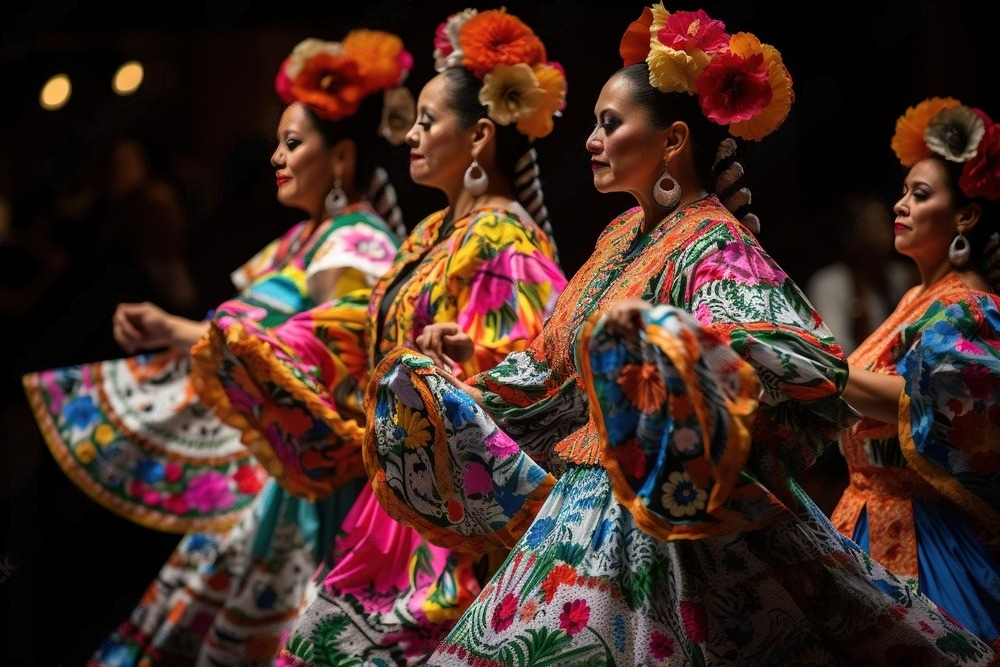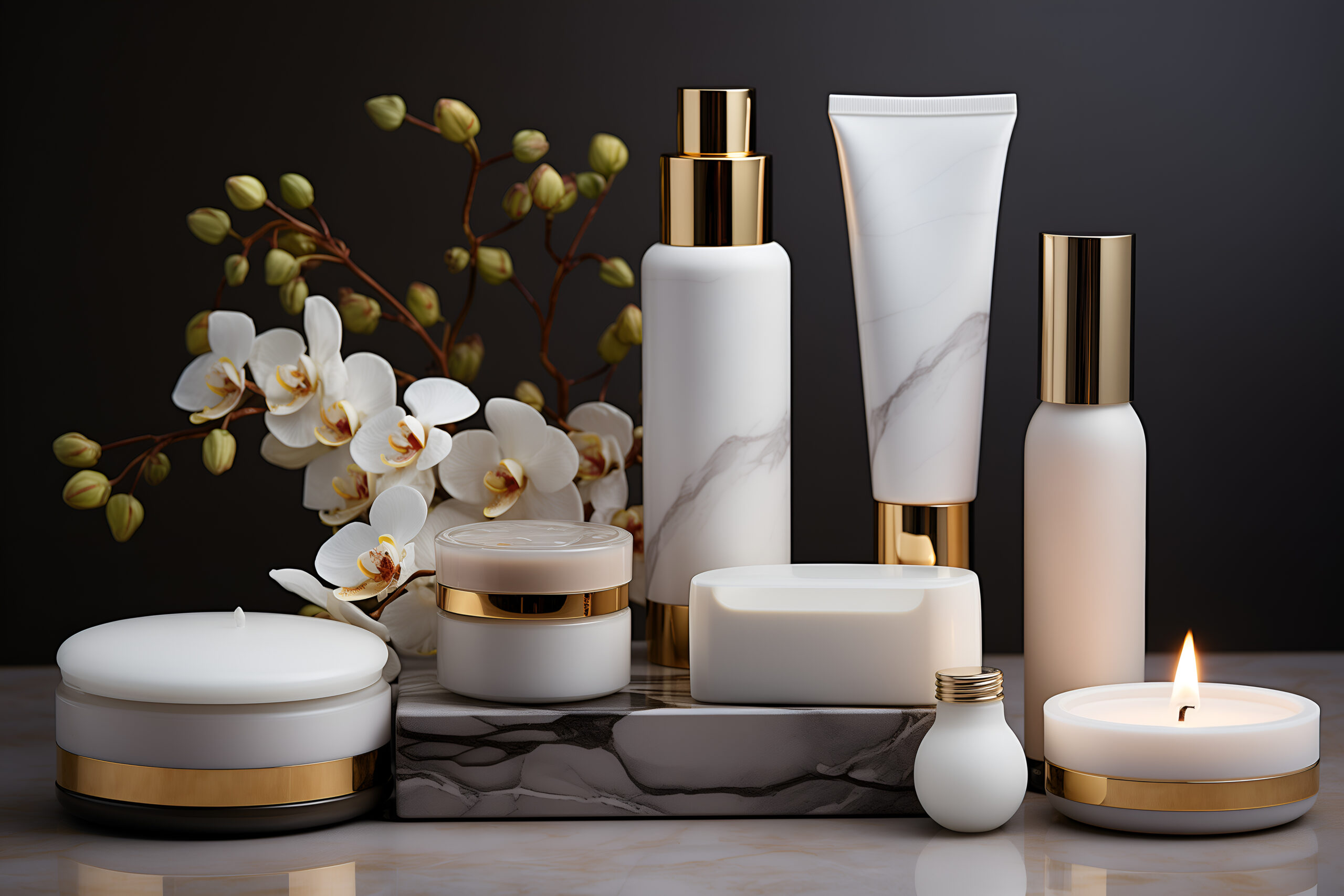In a world consumed by fleeting trends and fast fashion, minimalism shines as a timeless and sustainable style. Embracing simplicity in our wardrobes helps declutter and deepens our personal connection to fashion. Minimalism is more than just a look – it’s a philosophy that has permeated the industry, making a lasting impression on runways, closets, and mindsets alike.
Table of Contents
Introduction to Minimalist Fashion
Understanding Minimalist Fashion
Minimalist fashion represents a departure from the flashy and flamboyant styles that have dominated the industry at various historical points. Instead of being characterized by excessive embellishments and intricate designs, minimalist fashion embraces simplicity, clean lines, and a focus on essential elements. It’s about stripping away the superfluous to reveal the beauty of understatement.
Minimalist fashion is all about the lifestyle and mindset that values quality over quantity, encourages thoughtful consumption, and promotes a sense of mindfulness in dressing. Minimalist wardrobes typically consist of versatile pieces in neutral colors, allowing for effortless mixing and matching to create timeless and elegant looks.
Exploring the Roots of Minimalist Fashion Through History
Minimalist fashion emerged in the early to mid-1900s, drawing inspiration from artistic, architectural, and design trends focused on simplicity and practicality. Although minimalism as an idea has existed for centuries, it really took hold in fashion after World War II, particularly during the 1960s and 1970s.
The 1960s: Genesis of Minimalism
One of the pivotal moments in the rise of minimalist fashion was the emergence of the “mod” subculture in the 1960s. Inspired by modernist art and design principles, modern fashion rejected the ornate styles of previous decades in favor of clean lines, geometric shapes, and bold colors. Icons like Twiggy and Mary Quant epitomized this minimalist aesthetic with their sleek, streamlined silhouettes and graphic patterns.
The 1970s: Influential Pioneers
In the 1970s, Japanese designers such as Yohji Yamamoto, Rei Kawakubo of Comme des Garçons, and Issey Miyake introduced a new wave of minimalism to the fashion world. Their avant-garde approach challenged traditional notions of beauty and femininity, favoring oversized silhouettes, asymmetrical cuts, and a monochromatic color palette. This “Japanese minimalism” emphasized the purity of form and the relationship between clothing and the body, influencing generations of designers worldwide.
The 1990s: Minimalism Redux
While the 1980s saw a resurgence of opulence and extravagance, the 1990s marked a return to Minimalist principles. Designers like Calvin Klein, Helmut Langand, and Jil Sander embraced a pared-down aesthetic, favoring clean cuts and understated elegance characterized by sleek tailoring, neutral colors, and luxurious fabrics. This revival catapulted Minimalism back into the fashion spotlight, solidifying its status as a perennial trend.
Minimalism in the Digital Age
Throughout the late 20th and early 21st centuries, minimalism continued to evolve, adapting to changing cultural and social landscapes. Minimalism also found resonance in the tech-driven ethos of Silicon Valley, where figures like Steve Jobs became synonymous with minimalist style through their uniform of black turtlenecks and jeans.
Minimal Effort, Maximum Impact: Key Principles of Minimalist Fashion
Embracing minimalism isn’t merely about paring down one’s wardrobe; it’s a lifestyle that champions simplicity, quality over quantity, neutral colors, and clean lines. Let’s delve into these key principles and understand how they shape the essence of minimalism in fashion.
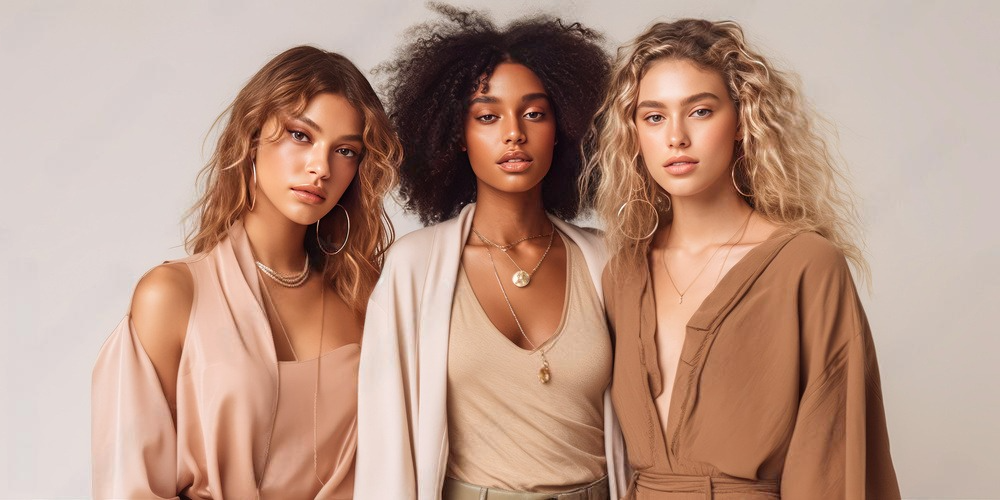
1. Simplicity: Elevating Style Through Less🌟
Minimalism in fashion celebrates the beauty found in simplicity. It’s about stripping away the excess and focusing on the essentials. Embracing a minimalist wardrobe means curating pieces that are versatile, timeless, and effortlessly chic. Instead of cluttering your closet with trends that quickly fade, opt for classic staples that exude understated elegance.
2. Quality over Quantity: Investing in Timeless Pieces💼
In the pursuit of minimalism, quality reigns supreme over quantity. Rather than succumbing to the allure of fast fashion and disposable garments, minimalists prioritize investing in well-crafted pieces that stand the test of time. By opting for superior craftsmanship and durable materials, you not only reduce waste but also elevate the longevity of your wardrobe essentials.
3. Neutral Colors: Embracing the Power of Subtlety🎨
Neutral colors serve as the cornerstone of minimalist fashion, offering a versatile palette that seamlessly integrates into any wardrobe. From timeless hues like crisp white, elegant beige, and classic black to soft shades of grey and taupe, these understated tones foster a sense of cohesion and sophistication. Embracing neutral colors allows for effortless mix-and-match styling while ensuring a cohesive and polished aesthetic.
4. Clean Lines: Embodying Modern Sophistication📏
At the heart of minimalist fashion lies clean lines and streamlined silhouettes. Whether it’s a tailored blazer, a sleek midi dress, or structured trousers, minimalist garments feature precise cuts and minimal embellishments. By focusing on clean lines, minimalist fashion exudes a sense of modern sophistication, transcending fleeting trends in favor of timeless elegance.
Seasonal Serenity: Minimalist Fashion Through Every Season
While fashion trends come and go, minimalist style continues to captivate enthusiasts. Defined by clean lines, neutral colors, and simplicity, minimalist fashion provides a chic and effortless way to elevate your look. Whether you’re enjoying summer strolls or bundling up in winter, minimalist pieces offer versatile options for any season. Explore how you can incorporate minimalist elements into your wardrobe and embrace elegance year-round.

Summer: Effortless Simplicity Under the Sun ☀️
Summer calls for lightweight fabrics and breathable designs that keep you cool while exuding sophistication. Embrace the essence of minimalist fashion by opting for flowy linen dresses or crisp cotton shirts in muted tones like ivory, beige, or soft pastels. Pair these staples with simple sandals or white sneakers for a laid-back yet refined look. Minimalist accessories, such as delicate gold jewelry or oversized sunglasses can add a touch of glamour without overwhelming your ensemble. Remember, less is more when it comes to summer styling.
Winter: Sleek Layers for Cold Weather Chic ❄️
As temperatures drop, layering becomes key to staying warm without sacrificing style. Embrace minimalist fashion during the winter months by layering neutral-toned sweaters over crisp button-down shirts or turtlenecks for added warmth and texture. Complete your ensemble with tailored wool coats or structured blazers in classic hues like charcoal, navy, or camel. Don’t forget to accessorize with cashmere scarves and leather gloves for a polished finish. With minimalist fashion, you can brave the winter chill with confidence and sophistication.
Fall: Transitioning with Timeless Tones 🍂
Fall is the season of transition, and minimalist fashion offers the perfect balance between summer’s breezy styles and winter’s cozy layers. Embrace the changing colors of autumn with rustic hues such as terracotta, olive green, and mustard yellow. Opt for oversized knit sweaters paired with cropped trousers or midi skirts for a contemporary yet classic look. Layering with lightweight jackets or trench coats adds depth to your outfit while maintaining a minimalist aesthetic. Finish your ensemble with ankle boots or loafers for a touch of understated elegance.
Spring: Effervescent Minimalism Blooms 🌸
As spring arrives, nature’s renewal inspires a fresh fashion approach. Embrace the lightness of the season by incorporating airy, soft fabrics into your wardrobe. Flowy maxi dresses in muted florals or tailored blazers with crisp white shirts create an effortlessly sophisticated look. Pastel shades like blush, sky blue, and mint green capture spring’s freshness while maintaining a minimalist vibe. Complete the ensemble with sleek sneakers or pointed-toe flats for a contemporary touch.
Elevate Your Look with Minimalist Accessories: Accessorize with Impact
Accessories play a pivotal role in enhancing any outfit, and when it comes to minimalist fashion, less is often more. Incorporating minimalist accessories into your wardrobe allows you to make a subtle yet impactful statement, effortlessly elevating your look for any occasion.
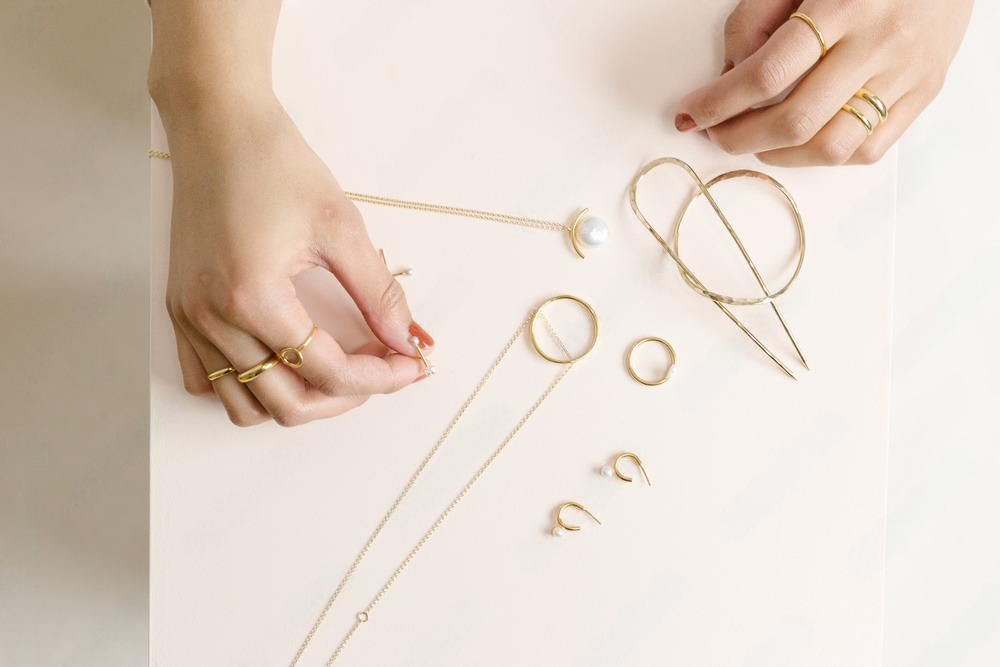
Statement Jewelry: Subtle Elegance That Speaks Volumes 💍
In the realm of minimalist fashion, statement jewelry takes on a refined approach, focusing on clean lines and understated sophistication. Opt for dainty gold or silver pieces with geometric shapes or delicate motifs that add a touch of flair without overpowering your ensemble. Consider layering simple necklaces or stacking thin bangles for a subtle yet stylish effect. Remember, the key is to let your accessories complement your outfit rather than steal the spotlight.
Classic Handbags: Timeless Chic for Every Occasion 👜
A classic handbag is a staple in any minimalist wardrobe, offering both functionality and style. Choose structured silhouettes in neutral hues such as black, tan, or taupe for versatility that transcends seasons. Look for clean designs with minimal hardware or logos for a timeless aesthetic. Whether you opt for a tote, crossbody, or clutch, investing in a high-quality handbag made from durable materials ensures longevity and enduring style.
Quality Shoes: Stepping Out in Style and Comfort 👞
Shoes are the foundation of any outfit, and in minimalist fashion, quality reigns supreme. Invest in well-crafted footwear that strikes the perfect balance between style and comfort. Opt for leather loafers, sleek ankle boots, or minimalist sneakers in versatile shades like black, white, or nude. Pay attention to details such as clean lines, subtle embellishments, and comfortable soles to ensure your shoes not only look good but also feel great with every step.
Lessons in Style: Drawing Inspiration from Minimalist Fashion Icons
Minimalist fashion has been shaped and influenced by various icons who embody the essence of simplicity, elegance, and timeless style. Drawing inspiration from these minimalist fashion icons will allow you to infuse your wardrobe with timeless elegance, sophistication, and understated charm.
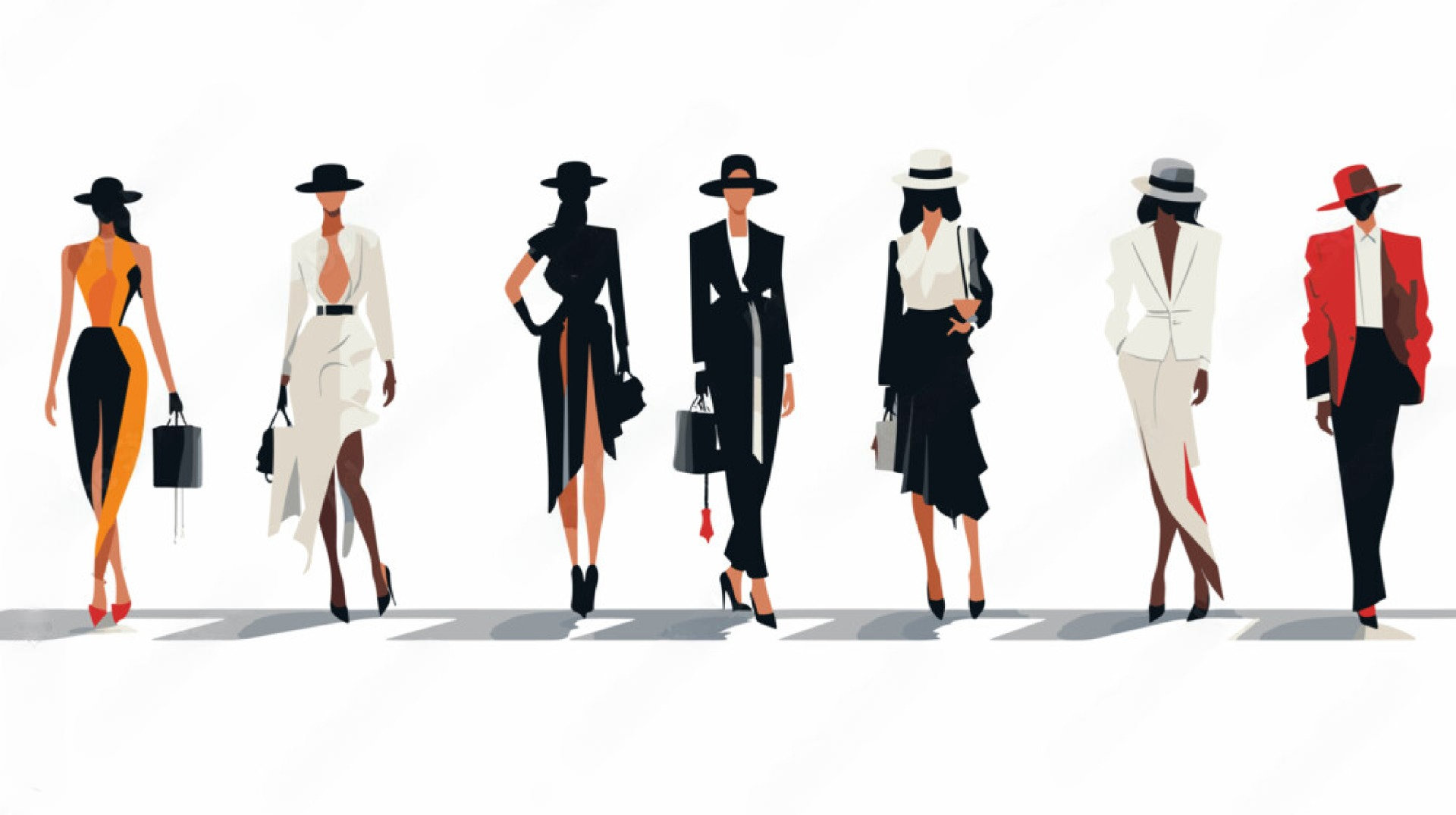
1. Audrey Hepburn: Timeless Grace and Effortless Chic 👗
Renowned for her impeccable style both on and off the screen, Audrey Hepburn remains a quintessential minimalist fashion icon. With her penchant for clean lines, tailored silhouettes, and monochromatic ensembles, Hepburn epitomized understated elegance. From her iconic little black dress in “Breakfast at Tiffany’s” to her casual yet sophisticated off-duty looks, Hepburn’s style continues to inspire generations of fashion enthusiasts seeking simplicity and refinement.
2. Carolyn Bessette-Kennedy: Modern Minimalism with a Touch of Edge 👜
As the wife of John F. Kennedy Jr., Carolyn Bessette-Kennedy captivated the world with her effortlessly chic style and understated sophistication. Known for her love of neutral tones, clean cuts, and minimalist accessories, Bessette-Kennedy redefined elegance for a new generation. Whether she was attending red-carpet events or running errands in the city, her minimalist approach to fashion always exuded confidence and poise.
3. Steve Jobs: Simplistic Style Redefined 👓
While primarily recognized for his groundbreaking innovations in technology, Steve Jobs also made a lasting impact on minimalist fashion with his signature attire. With his trademark black turtleneck, blue jeans, and sneakers, Jobs embodied the principles of simplicity and functionality. His minimalist wardrobe not only reflected his commitment to innovation but also served as a powerful symbol of focus and efficiency.
4. Phoebe Philo: Modern Minimalism at its Finest 👠
As the former creative director of Celine, Phoebe Philo revolutionized the fashion industry with her modern interpretation of minimalist aesthetics. Philo’s designs were characterized by clean lines, luxurious fabrics, and pared-back silhouettes that exuded effortless sophistication. Her minimalist approach to fashion resonated with women worldwide, offering a refreshing alternative to the excesses of fast fashion.
Minimalist Dilemmas: Overcoming the Challenges of Minimalist Fashion
While minimalist fashion offers a myriad of benefits, including simplicity, versatility, and timeless elegance, it also presents its own set of challenges. Despite these challenges, embracing minimalist fashion can be a rewarding journey filled with self-discovery, creativity, and personal expression. By acknowledging and addressing the obstacles along the way, individuals can cultivate a minimalist wardrobe that reflects their values, enhances their style, and withstands the test of time.
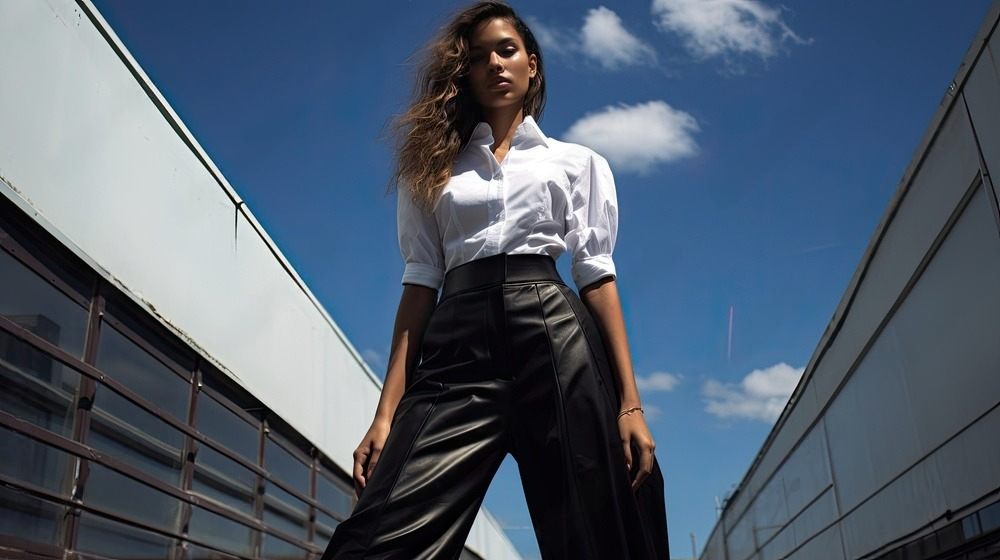
1. Social Pressure: Resisting the Urge to Conform 👥
In a society driven by consumerism and trends, embracing minimalist fashion can sometimes feel like swimming against the current. Social pressures to constantly update one’s wardrobe with the latest styles and brands can be overwhelming, making it difficult to stay true to minimalist principles. However, by cultivating a mindset of mindfulness and intentionality, individuals can resist the urge to conform and instead focus on building a curated wardrobe comprised of timeless pieces that reflect their style.
2. Temptation of Trends: Striking a Balance Between Timelessness and Trendiness 💃
While minimalist fashion emphasizes classic silhouettes and neutral colors, the allure of trends can be hard to resist. The constant influx of new styles and fads can lead individuals to stray from their minimalist journey in pursuit of fleeting fashion statements. However, it’s essential to strike a balance between incorporating trendy elements into your wardrobe and staying true to minimalist principles. By investing in timeless staples and selectively embracing trends that align with your aesthetic, you can create a wardrobe that stands the test of time.
3. Finding the Right Fit: Navigating Sizing and Personal Preferences 👗
One of the challenges of adopting minimalist fashion is finding pieces that not only align with your style but also fit well and feel comfortable. Sizing inconsistencies across brands and limited options for certain body types can make it challenging to build a cohesive minimalist wardrobe. Additionally, personal preferences regarding fabric, fit, and silhouette can vary widely, making it crucial to invest time and effort in finding the right pieces that resonate with you on a practical and aesthetic level.
Embracing Minimalism: The Advantages of Simplified Style
Minimalist fashion offers a plethora of benefits, including timeless elegance, versatility, reduced clutter, sustainable consumption, and refined personal expression. By embracing the simplicity and sophistication of minimalist style, you can cultivate a wardrobe that reflects your values, enhances your confidence, and simplifies your life in the most stylish way possible.
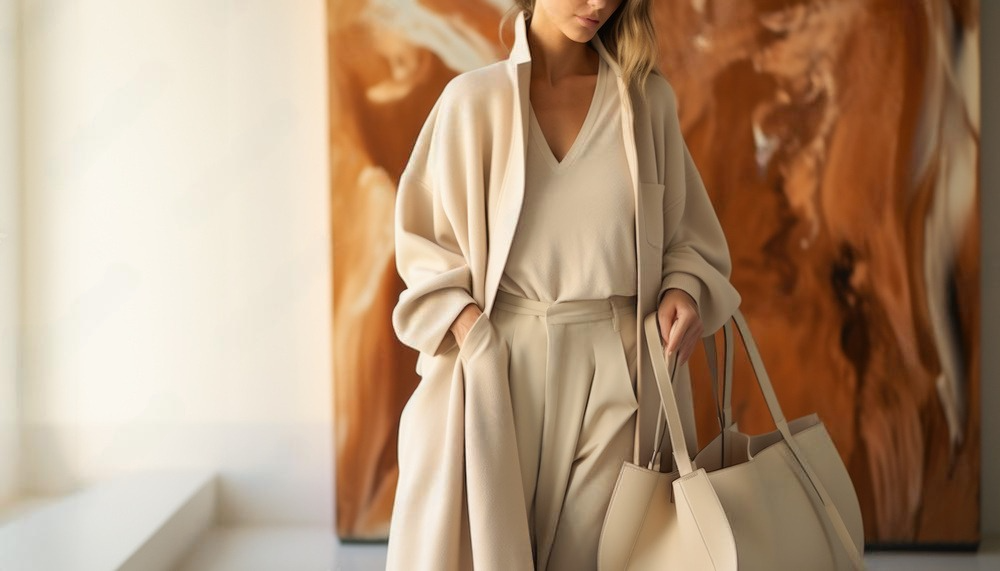
1. Timeless Elegance: Effortlessly Chic 🌟
Minimalist fashion transcends trends, offering timeless elegance that never goes out of style. By focusing on clean lines, classic silhouettes, and neutral colors, minimalist outfits exude sophistication and refinement. Investing in timeless pieces allows you to build a wardrobe that withstands the test of time, ensuring you always look effortlessly chic and put-together.
2. Versatility: Simplified Coordination 🔄
One of the key benefits of minimalist fashion is its versatility. With a curated collection of essential pieces in neutral tones, you can effortlessly mix and match items to create countless stylish outfits for any occasion. Minimalist garments seamlessly transition from day to night, casual to formal, making them perfect for a variety of settings and events. Simplified coordination saves time and effort while ensuring you always look polished and stylish.
3. Reduced Clutter: Streamlined Wardrobe 🧹
Minimalist fashion promotes a clutter-free approach to wardrobe organization, focusing on quality over quantity. By decluttering your closet and only keeping items that you truly love and wear regularly, you can create a streamlined wardrobe filled with pieces that bring you joy and confidence. Reduced clutter not only makes getting dressed easier but also eliminates decision fatigue and promotes a sense of calm and clarity in your daily life.
4. Sustainable Consumption: Mindful Practices 🌱
In an era of fast fashion and disposable clothing, minimalist fashion encourages mindful consumption and sustainable practices. By investing in high-quality, ethically made garments that last longer, you can reduce your environmental impact and support brands that prioritize sustainability and ethical production. Minimalist fashion promotes a more conscious approach to shopping, encouraging thoughtful consideration of each purchase and its long-term value.
5. Personal Expression: Refined Individuality 🎨
Contrary to the misconception that minimalist fashion is dull, it offers ample opportunity for personal expression and creativity. With its focus on clean lines, subtle details, and tailored fits, the minimalist style allows you to showcase your unique personality and aesthetic preferences. Whether you prefer a monochromatic palette or a minimalist twist on bold patterns and textures, minimalist fashion empowers you to refine your individuality and express yourself with confidence.
Pioneering the Future: The Evolution of Minimalist Fashion
Minimalist fashion has transcended its status as a passing trend to become a timeless philosophy embraced by individuals seeking simplicity, elegance, and sustainability in their wardrobes. As we look ahead, several trends and developments are poised to shape the future of minimalist fashion.
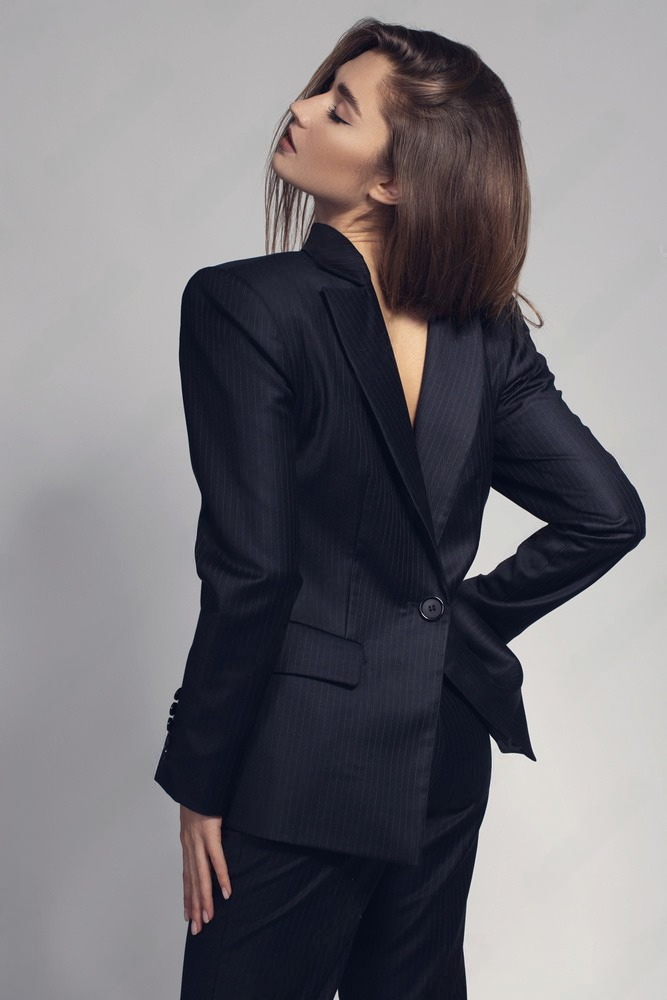
1. Sustainable Practices: Embracing Ethical Fashion 🌱
With growing awareness of environmental and social issues, the future of minimalist fashion lies in sustainability and ethical practices. Consumers are increasingly demanding transparency in the fashion industry, from the sourcing of materials to the treatment of garment workers. As a result, minimalist brands are prioritizing eco-friendly materials, ethical production methods, and transparent supply chains to meet the evolving demands of conscientious consumers. The future of minimalist fashion is rooted in sustainability, with a focus on creating garments that are both beautiful and responsibly made.
2. Technological Innovation: Redefining Minimalist Design 🚀
Advancements in technology are poised to revolutionize the way we approach minimalist fashion. From 3D printing and digital design tools to virtual fitting rooms and AI-driven customization, technology offers endless possibilities for innovation in minimalist design. As consumers seek personalized experiences and unique creations, technology enables designers to push the boundaries of traditional fashion and explore new avenues of creativity. The future of minimalist fashion is marked by technological innovation, ushering in a new era of design possibilities and consumer engagement.
3. Inclusivity and Diversity: Celebrating Individuality 👫
The future of minimalist fashion is inherently inclusive, embracing diversity in all its forms. As the industry continues to break down barriers and challenge conventional beauty standards, minimalist fashion becomes a platform for celebrating individuality and self-expression. From inclusive sizing and gender-neutral designs to representation in marketing and media, the future of minimalist fashion is characterized by a commitment to inclusivity and diversity. By embracing the unique perspectives and experiences of every individual, minimalist fashion fosters a sense of belonging and empowerment for all.
4. Circular Economy: Redefining Consumption Patterns ♻️
As concerns about overconsumption and waste continue to grow, the future of minimalist fashion lies in the transition to a circular economy. Rather than adhering to the traditional linear model of “take, make, dispose,” the circular economy emphasizes sustainability, resource efficiency, and waste reduction. Minimalist fashion brands are embracing circular practices such as garment recycling, upcycling, and rental services to extend the lifespan of clothing and minimize environmental impact. The future of minimalist fashion is circular, offering consumers sustainable alternatives that align with their values and reduce their ecological footprint.
The future of minimalist fashion is shaped by a commitment to sustainability, technological innovation, inclusivity, and the transition to a circular economy. By embracing these trends and developments, minimalist fashion continues to evolve and thrive as a timeless expression of simplicity, elegance, and conscious consumption.
Today, minimalist fashion remains a prominent and enduring trend, embraced by individuals seeking simplicity, versatility, and timeless elegance in their clothing choices. From classic wardrobe staples to innovative avant-garde designs, minimalism continues to inspire designers and consumers alike, reaffirming its status as a cornerstone of modern fashion.



